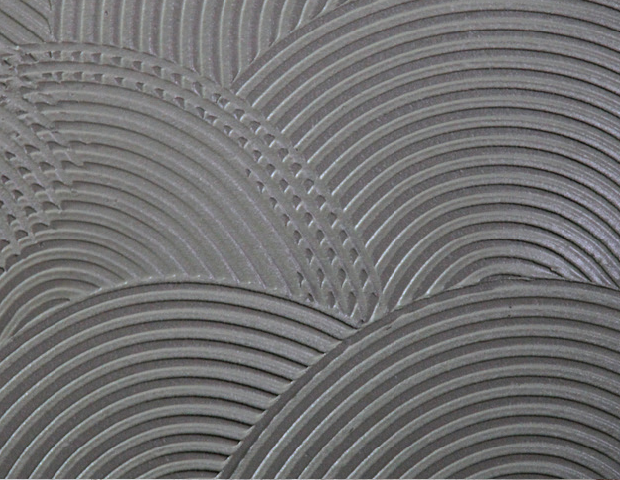
Did you know there is a difference between grout and mortar?
If you are a confident DIY’er or even a newbie professional, you may get confused when the terms get thrown around haphazardly while discussing tiling jobs. Grout is pourable and mortar is not, and other than a higher water content, mortar contains lime and grout does not.
grout /grout/ noun: a mortar or paste for filling crevices, especially the gaps between wall or floor tiles.
mortar /môrter/noun: a mixture of lime with cement, sand, and water, used in building to bond bricks or stones.
thinset noun: (also called thinset mortar, thinset cement, dryset mortar, or drybond mortar) an adhesive mortar made of cement, fine sand and a water retaining agent such as an alkyl derivative of cellulose. It is usually used to attach tile or stone to surfaces such as cement or concrete.
Grout comes in nearly every color in the rainbow and it fills the spaces between the tile. Given the variety of colors available, grout has become one of the design elements of a tile installation. There are resin grouts and epoxy grouts, but it comes in two basic varieties that are used in residential applications:
• Sanded grouts – Best for larger grout lines
• Unsanded grouts – Best for grout spaces smaller than 1/8″
Thinset, while it is also sometimes referred to as a “mortar” is an adhesive. It’s a mix of cement, water, and fine sand. It holds your tile to the substrate and is used in commercial applications, “wet wall” applications (such as a shower floor), or with heavier tiling materials.
Due to its cement ingredients, thinset should be made up in small batches as needed. It also should never be washed down a drain, as it will harden in your pipes.

is a difference between grout and mortar?
Devamını Oku






 TR
TR  ENG
ENG




 2-Spread the mortar. Dump or scoop the mortar onto the surface. Use the flat slide of the trowel to spread the mortar over an area about 3 feet square.
2-Spread the mortar. Dump or scoop the mortar onto the surface. Use the flat slide of the trowel to spread the mortar over an area about 3 feet square.